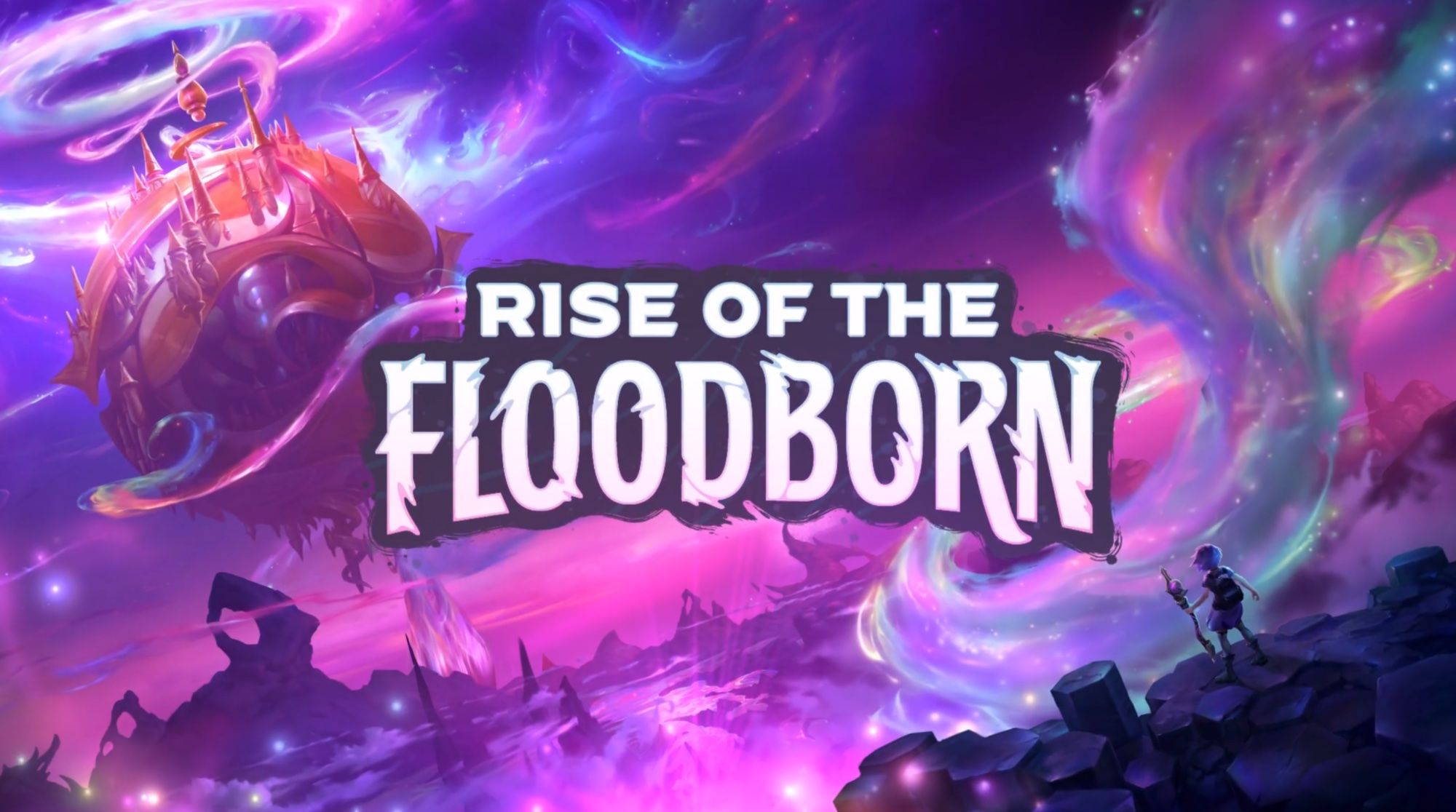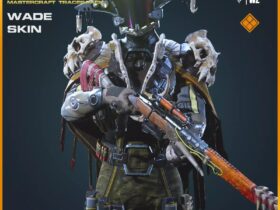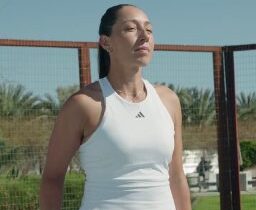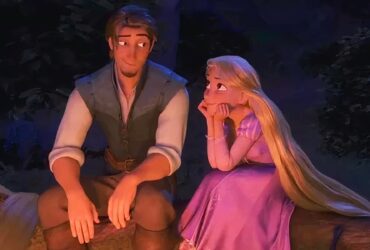Disney Lorcana TCG is a mechanically rich trading card game boasting numerous layers of surprisingly deep strategy, and this is largely thanks to an impressive assortment of card designs that allow for a high degree of deckbuilding variety. Among countless other possibilities are devilish decks comprised almost entirely of easy-to-deploy Broomstick cards, musical decks leveraging Disney Lorcana‘s unique singing mechanic to surprise opponents with powerful card plays, and strategic decks that aggressively use action cards to control the game’s flow.
Game Rant recently attended the Disney Lorcana TCG Challenge in Seattle and spoke with co-creator Steve Warner about the team’s process for designing new card sets. Since the game’s release barely a year ago, numerous impactful card sets have been released that have drastically increased the game’s deckbuilding potential, and Warner revealed that the team’s approach is not all that dissimilar to how many video game developers approach their game mechanics.

Related
Interview: Disney Lorcana Co-Designer Ryan Miller Talks Early Days and Making a True Disney Game
Game Rant chats with Disney Lorcana Co-Designer Ryan Miller about the development journey behind creating an authentic and immersive Disney game.
Some Disney Characters Are Natural Lorcana Cards
When designing new cards for Disney Lorcana, Warner says the team uses two classic game design approaches: top-down design and bottom-up design. Many iconic Disney characters have strong traits that can easily translate to game mechanics, so the team often chooses a character and applies a mechanic that suits its theme. One example of this was the Rapunzel card: Rapunzel’s character is well-known for her healing abilities, which made her fit perfectly in the role of a healing card. Tinkerbell’s Evasive keyword is another example of a character whose card mechanic naturally emerges from fundamental character traits.
Top-down means I know what character I’m doing, and I can build the ability for that. And
Rapunzel
was a bit of a top-down design—for example, she’s gifted with healing. And we knew that, because it was Rapunzel, she should probably heal, but we wanted it to be a really exciting card. So, we came up with the ability she has of healing and getting to draw cards for it.Bottom-up design
means there’s a mechanic we really need, but we’re not sure what the best theme is for it until a bit later.
Grab Your Sword
, for example, is a good way to represent this. We knew we needed something that could deal a bunch of damage and get rid of a lot of characters, but at the time, we weren’t sure what card that could be.
On the other hand, there are times when the team wishes to include a card with specific qualities, and then a suitable character is selected to deliver that mechanic. Warner singled out the Grab Your Sword card as an example of this approach: a card that can damage numerous characters at once is a TCG staple, so the team created this song card specifically to introduce this capability for players building Steel Lorcana decks. Although Disney Lorcana may be starting with a mechanical idea and working upward, the final product is never arbitrary; even these bottom-up-designed cards make clear sense thematically whether they’re a character or an action.
Disney Lorcana’s Card Sets Are Driven by the Storyline
Warner also detailed how the team approaches creating card sets that are internally consistent within the theme such as the party-themed Shimmering Skies card set following Ursula’s defeat in the Illumineer’s Quest. The team starts with the basics: “vanilla” cards that only possess basic strength and willpower stats, and “French vanilla” cards, ones that typically come with a basic keyword like Rush, Bodyguard, or Challenger.
When we design, we start with creating what we call a
skeleton
. We have certain cards that we’re expecting to just have a keyword, and we call those
French vanilla
. We’ll have a certain amount of those, and then we’ll have a certain amount of
vanilla
cards, which just means they don’t have abilities on them.Then, we look at what the narrative, the marketing, and the story are going to be, and we start designing the characters for those. Following the characters on their story is what’s exciting, so we want to make sure that story comes through.
Beyond that, the team looks to Disney Lorcana‘s narrative and expresses aspects of the storyline through new card abilities and flavor text. For example, the Floodborn card Belle – Accomplished Mystic carries the flavor text, “The mixed ink had changed more than just the rose.” This points to how this Belle glimmer was altered by the flood of ink that occurred at this point in Lorcana‘s storyline. Considering the strong relationship between the narrative and cards, keen-eyed collectors might find clues about Disney Lorcana‘s next chapter tucked between the pages of their Lorebooks.

Disney Lorcana
As an Illumineer, you’ll wield six magical inks to summon glimmers of Disney characters. Glimmers can appear as familiar friends or in fantastically reimagined forms. Recruit glimmers to your team as you travel through the realm of Lorcana.
The Disney Lorcana: Rise of the Floodborn trading card game will be available at Hobby Stores and Disney Parks on November 17th and on Mass retailers and shopDisney on December 1.






![Lost in Random Developer Talks Sequel's Genre Change and More [EXCLUSIVE]](https://esportvoice.com/wp-content/uploads/2025/04/Lost-in-Random-Developer-Talks-Sequels-Genre-Change-and-More-370x250.jpg)




Leave a Reply